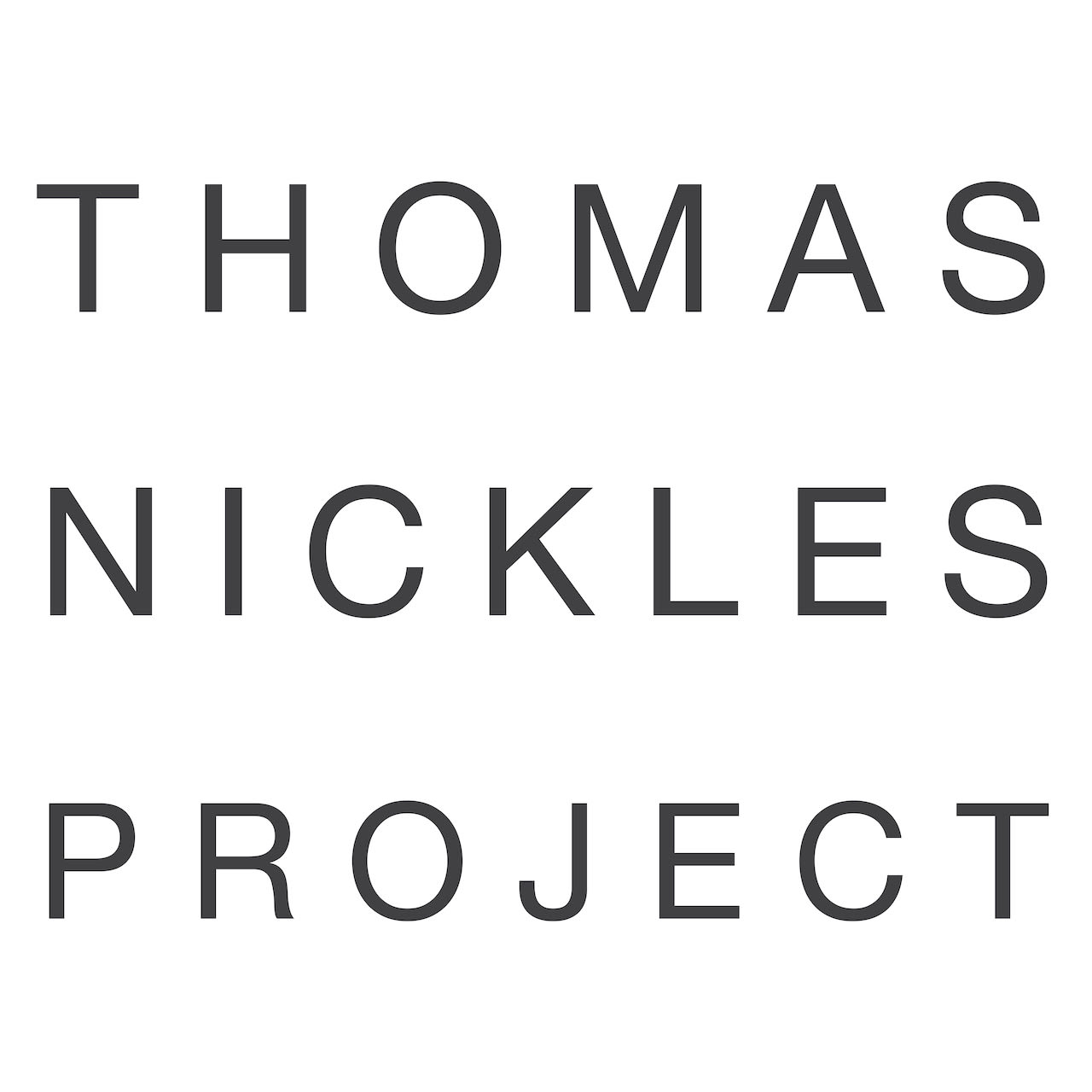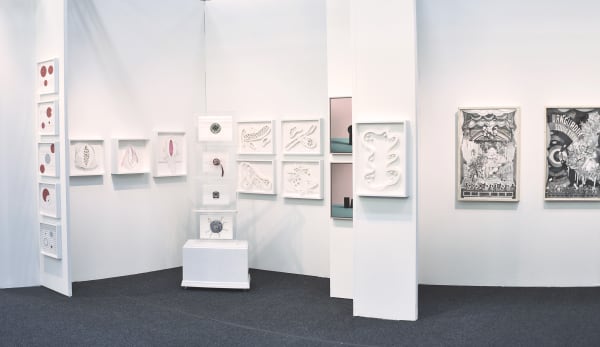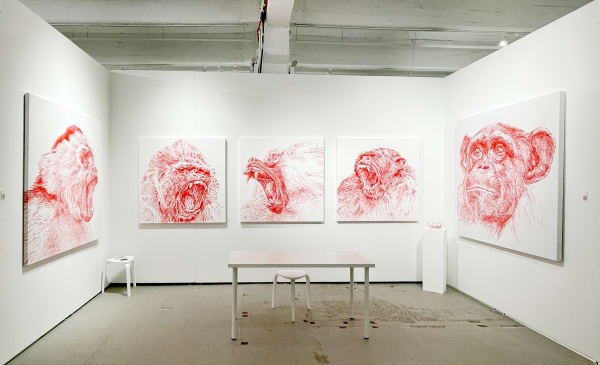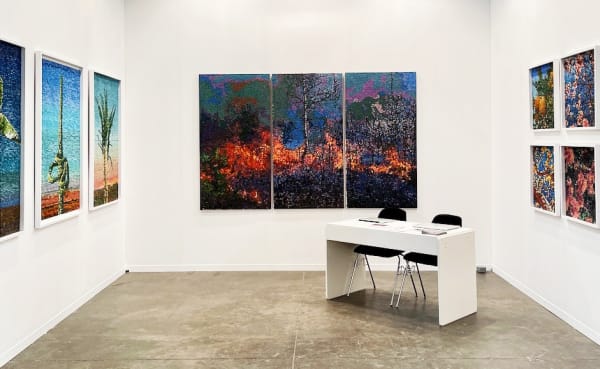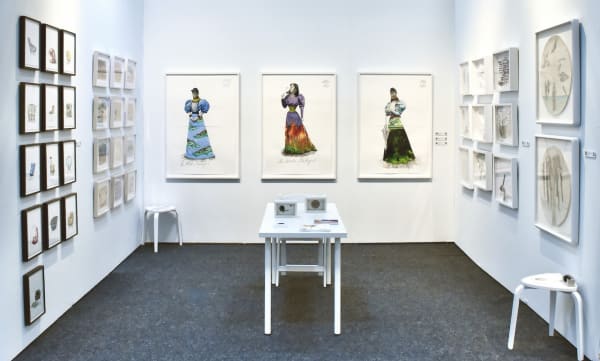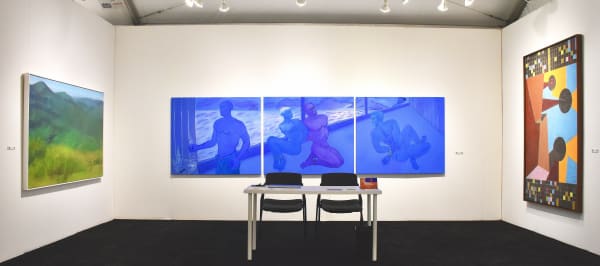Past
-

Art on Paper New York | 2022
Featuring Rocío García, Sandra Cordero, Gertrudis Rivalta, Dionnys Matos, Alejandra Glez & Arien Chang September 8 - 11, 2022 Thomas Nickles Project is pleased to announce our participation in the new edition of Art on Paper New York 2022, with a selection of works by the Cuban born artists... Read more -

VOLTA NEW YORK | 2022
Featuring William Pérez May 18 - 22, 2022 OPENING DAY Wednesday, May 18 2 - 6 pm, Private View, by invitation only 6 - 9 pm, Public Vernissage GENERAL OPENING HOURS Thursday, May 19 - Saturday, May 21,... Read more -

Zonamaco | Mexico City | 2022
Featuring Dionnys Matos February 9 - 13, 2022 Baño de Bosque is the most recent series by multidisciplinary artist Dionnys Matos, developed between the last months of 2021 and January 2022. The work is a metaphorical celebration of... Read more
-

Art on Paper New York | 2021
Featuring Sandra Cordero, Dionnys Matos, Samuel Riera, Harold Garcia V and Gabriela Pez September 9 - 12, 2021 Art on Paper returns to downtown Manhattan's Pier 36 for the event's anticipated seventh edition. With 100 galleries featuring modern and contemporary paper-based art, Art on Paper's medium driven focus... Read more -

HAMPTONS FINE ART FAIR | Southampton | 2021
Featuring Rocío García, Samuel Riera & Roger Toledo September 2 - 5, 2021 The Southampton Arts Center , is a non-profit multi-disciplinary arts institution, focused primarily on the visual arts. Originally built in 1897 by Samuel Parrish , a successful Quaker attorney from... Read more
